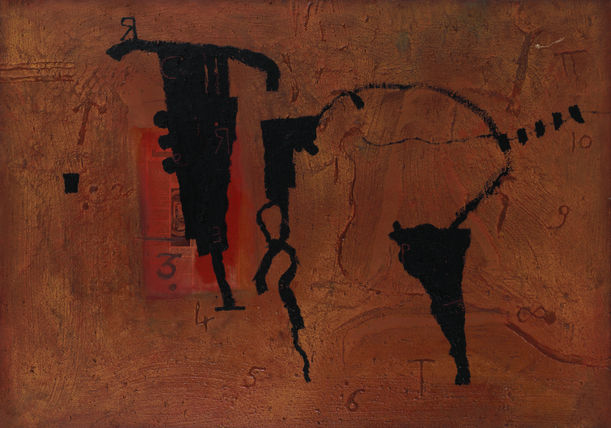Richard Texier born in 1955, he developed paintings and sculptures based on the concept of abstractionism. He is still active in the international contemporary art world and is considered one of the most influential artists of his time.
His important creative concepts often wander between the two poles of concrete daily life and the Tai Chi universe. Texier uses different media to create works, such as cloth, lead, zinc, wood, linen, etc. He believes that the materials themselves have their own spirituality, existing memories, potential and power, and uses them to create mysterious instruments that contain spiritual outlets. By finding axes and marking landmarks, he extends time, thinks about space, and even verticalizes his vision. Texier's sculptures are objects of dialogue between the body and space, and companions on the journey of the soul.
Taillefer described his own works as creating directions in the universe, like a big tree, guiding and avoiding all idle talk, and becoming a gateway to the mysterious world of the universe.
Tessier is a painter, a sculptor, and a doctor with a double degree in architecture and plastic arts. The internationally renowned Texier has held exhibitions at the Centre Pont de France, the National Museum of Fine Arts in Luxembourg, the National Taiwan Museum of Fine Arts, and other places. His most well-known creative medium is bronze. Because Texier has an infinite curiosity about astronomy and outer space, his works often reflect the shadow of exploring the mysteries of the universe. After Texier arrived in China, his works began to show a mixed style. Perhaps inspired by the bronzes of the Han Dynasty, he combined mythical animals and guardian statues in the shape of mythical beasts. In addition, his original surreal style made his creations that mixed Chinese and Western styles not abrupt but praised.
Texier's works have been collected by the White House, the National Presidential Museum of France, the Russian Museum of Modern Art, and the Pompeii Art Center.
.png)









